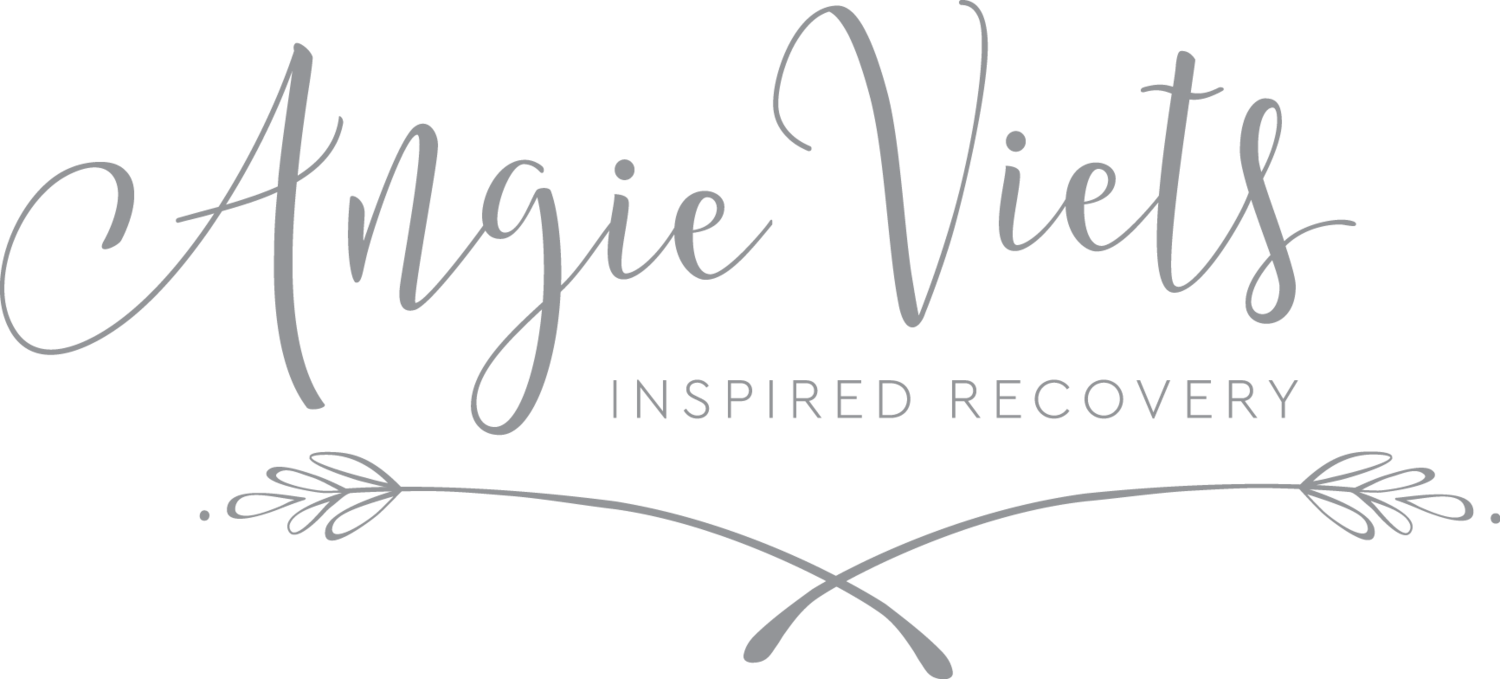How This DBT Skill Revolutionized My Recovery
Colleen Werner
I am in recovery from an eating disorder and an anxiety disorder, and part of my recovery is Dialectical Behavior Therapy (DBT).
DBT was created in the 1980s by Dr. Marsha Linehan. It consists of four modules — mindfulness, emotion regulation, distress tolerance, and interpersonal effectiveness. Each module consists of several skills that work together to help “build a life worth living.”
One DBT skill that has made a huge impact on my recovery is called Effective Rethinking with Paired Muscle Relaxation. This is a distress tolerance skill that combines effective self-statements with paced breathing and muscle relaxation.
The skill starts with writing down a prompting event that is triggering distressing emotions. In my case, some typical triggering prompting events that I have experienced are having a bad body image day, having someone make a comment about my body or a food choice, feeling like my clothing was too tight, and encountering a fear food.
The next step is asking yourself what interpretations and thoughts you have surrounding that prompting event that could be causing the emotion response. These interpretations take up a lot of headspace, and the high levels of emotion that they can trigger often make it hard to carry on with life in an effective way. Some common interpretations that come up for me are:
“If someone makes a comment about my body, it must be true.”
“My body defines me.”
“If I outgrow my clothing, I’m not good enough.”
“If someone says I should avoid some type of food, I should listen to them.”
“There are ‘good’ foods and ‘bad’ foods.”
After writing down your interpretations, it’s time to challenge them! Create statements that rethink the situation and its surrounding feelings such as:
“My worth isn’t defined by my body, weight, size, or appearance, and my view of myself may be distorted.”
“Food isn’t good or bad. Food is just food.”
“Just because someone says something doesn’t mean it’s true, constructive, or healthy for me.”
These challenge statements can be effective by themselves, but combining them with paired muscle relaxation is even more beneficial. While sitting or lying down, take a deep breath in, say one of the challenge statements to yourself, and tense a muscle (I often start with my forehead and work my way down to my toes.) As you breathe out, say “relax”, and then relax all of your muscles. The key is to start practicing this skill in non-stressful situations so that when stressful situations inevitably arise, using the skill is instinctive.
One of the reasons why I think this skill has been so effective for me in my recovery is because it combines a physical action with a mental action. Not only does it involve letting go of mental tension, but it involves letting go of physical tension, as well. Mental and emotional symptoms can cause physical symptoms, and vice versa.
When I first learned this skill, I started practicing it every night before going to sleep. It’s an excellent way to unwind before bed, and it helps to diffuse any stress from the day so that you can wake up in a refreshed, relaxed headspace the next morning. In addition, by making this skill a part of my nighttime routine, it’s helped make the skill feel natural so that I can use it in the moment when triggering situations pop up.
At first, I didn’t want to believe these challenge statements, and I didn’t want to believe that this skill would have a huge impact. However, from the first time I practiced it, it had a great amount of power. I remember pairing one of the challenge statements with tensing and relaxing my lower back muscles, and I experienced a huge release both physically and mentally. As my muscles softened, my mind slowed down. The negative thoughts and judgments decreased, and I felt some much-needed clarity.
Practicing effective rethinking with paired muscle relaxation has contributed hugely to my progress in recovery. It has helped me truly believe the challenge statements that I created, and it has also shown me the reality of the mind-body connection. It has helped me “rewire” a lot of of unhealthy thought patterns and replace them with more effective ways of thinking.
While this skill isn’t the only reason why I’ve made so much progress in my recovery, it’s definitely a huge contributor, and I think that it’s something everyone needs to try.
Colleen Werner is a writer, dancer, and future therapist from Long Island, NY. She’s studying Psychology at SUNY Old Westbury and plans on going to graduate school for Mental Health Counseling. She aspires to start an eating disorder treatment program for dancers. Colleen’s experiences in recovery from an eating disorder and anxiety disorder have inspired her to share her story in an effort to help others, end the stigma, and create a sense of community. She is a National Ambassador for Project HEAL, a Campus Editor-at-Large for HuffPost, and a contributor for HerCampus and The Mighty. Colleen’s Instagram, @leenahlovesherself, inspires thousands every day with her posts about authenticity and mental health.

















































































